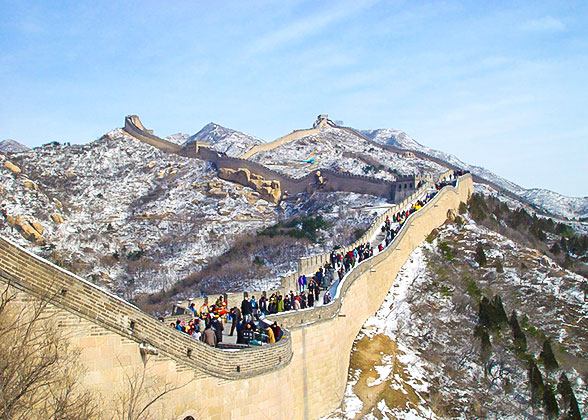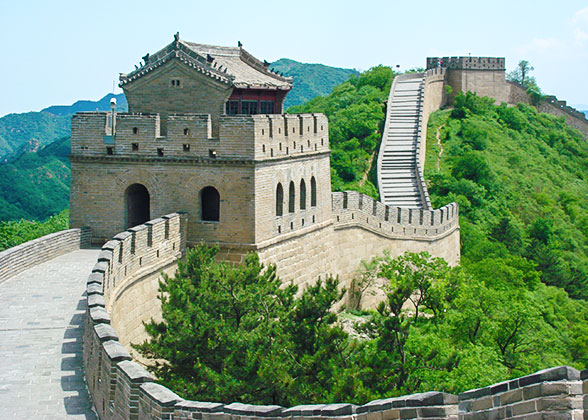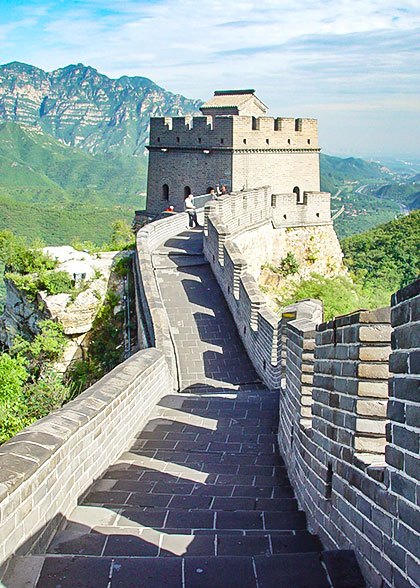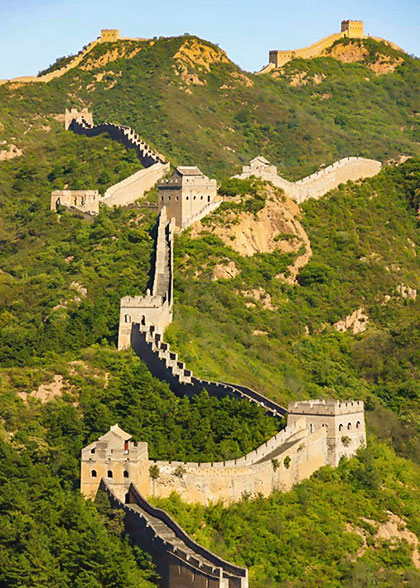General Qi Jiguang Renovated Great Wall in the Northern Frontier
Qi Jiguang (1528 – 1587) was a famous general during the Ming Dynasty (1368 – 1644) who made remarkable achievements in defending against pirates, but his most incomparable contribution was to supervise the massive renovation work of the Great Wall from today's Shanhaiguan in Hebei to Juyongguan in Beijing. This reinforced defensive barrier had resisted several attacks of the northern Mongolians. Nowadays, some of the most famous sections, such as Shanhaiguan, Badaling, Jinshanling, and Juyongguan, were renovated then and have been developed as scenic areas for visitors to feel the grandness of the Ming Dynasty Great Wall.
|
|
What Made General Qi Decide to Rebuild the Great Wall?
1. Qi Realized the Importance of the Fortifications While Resisting Pirates.
Qi Jiguang was firstly assigned to the coastal area to suppress the pirates. Besides training soldiers harder, General Qi also tried to repair the former Great Wall in today's Linhai, Zhejiang. He commanded to build 13 hollow 2-storey watchtowers along the wall to upgrade the defense capability. These towers can be used to station troops and store weapons. There also are arrow windows on the walls as well as crenels around the top for soldiers to keep a lookout for any signs of intrusions. They can also burn smoke to give a warning if danger was spotted. This section helped to block the pirates to a great extent.
2. The Northern Frontier was Harassed by Mongolians.
The northern Mongolians had always been a big threat to the Ming Dynasty. General Qi came up with 10 plans and asked to renovate the Great Wall sections along the boundary. Modeled on Linhai Great Wall, Great Wall from Shanhaiguan to Juyongguan was largely reinforced and was critical to inflicting a crushing defeat on the Mongolians.
Features of Great Wall Built By Qi Jiguang
1. Fortified Walls
General Qi ordered to use heavy stones and bricks as the constructional materials of the ramparts and towers. Some sections were also expanded. For example, Mutianyu in Beijing is as wide as 6 meters (7 yards) on the top and provided a wider battle space during the war. To ensure the quality, every brick was carved with the making place and the workers' name for calling on account later. At some vital sections, there are piers, also called Ma Mian in Chinese, attached to the outside of the wall for defenders to attack enemies from the sides.
2. Closely Spaced Watchtowers
Watchtowers were built close to each other along the wall for observing enemies and storage function. There were totally 1,017 watchtowers along the Great Wall built by Qi Jiguang and he demanded to assign 30~50 picked soldiers to garrison each of them. Once there were signs of enemies, soldiers would warn each other by burning smoke. Besides, there are also arrow holes and crenels on the watchtowers for soldiers to shoot and take cover.
|
|
3. More Complicated Structure
Qi also directed soldiers to dig out a trench in front of the wall and set pointed sticks in it, and finally use the forage to cover the trench. During the war, this trap can help to disrupt the attacking formation of the enemies. Additionally, sloping riding tracks were built on the inside of the wall at some important pass cities, which provided a much easier way to convey weapons and other supplies up to the wall. There were also trap doors constructed on the ramparts for timely retreat and reinforcement in the war.



